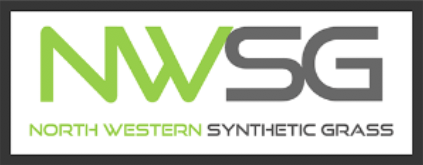Artificial grass, also known as synthetic turf, is a popular alternative to natural grass in many parts of the world. It is made from synthetic fibers that imitate natural grass blades and is designed to replicate the look and feel of real grass.
In this article, we will discuss everything you need to know about artificial grass.
Installation
Artificial grass can be installed in several ways, depending on the intended use and location. For instance, it can be laid over a concrete or hard surface without any infill, or it can be installed with a layer of sand or rubber infill to enhance its softness and cushioning.
The installation process typically involves preparing the ground, laying the turf, and securing it with adhesive or fasteners.
Benefits
One of the primary benefits of artificial grass is that it requires minimal maintenance. Unlike natural grass, it does not need watering, mowing, or fertilizing, which can save you time, money, and effort. It is also resistant to weather conditions, such as drought, frost, and heat, which makes it an ideal option for areas with extreme climates.
Moreover, it is durable and long-lasting, with a lifespan of up to 25 years, depending on the quality and usage.
Uses
Artificial grass is versatile and can be used for various purposes, such as landscaping, sports fields, playgrounds, and pet areas. In landscaping, it can be used to create a lush green lawn that looks natural and requires no watering or maintenance.
In sports fields, it can be used for soccer, football, baseball, and other sports that require a flat and even surface. In playgrounds, it can be used to provide a soft and safe surface for children to play on. In pet areas, it can be used to create a clean and hygienic space for pets to run and play.
Environmental Impact
Although it doesn't seem like it at first, artificial grass actually has a positive impact on the environment. It can conserve water, reduce the use of pesticides and fertilizers, and lower carbon emissions from lawn mowers and trimmers.
This can help to conserve natural resources and reduce pollution.
Cost
Artificial grass costs vary depending on the quality, size, and installation method. While it may be more expensive than natural grass in the short term, it can save you money in the long term by reducing maintenance costs and water bills.
Moreover, it can add value to your property by enhancing its curb appeal and functionality.
Maintenance
Although artificial grass requires minimal maintenance, it still needs some care to keep it clean and in good condition.
This includes removing debris, such as leaves and twigs, regularly, brushing the fibers to keep them upright, and washing it with water and mild detergent to remove stains and odors. It is also important to prevent any sharp objects or heavy furniture from damaging the turf.
Conclusion
Artificial grass is a popular alternative to natural grass for many reasons. It requires minimal maintenance, is versatile, and has a long lifespan. However, it also has some environmental impacts and can be expensive to install. Ultimately, the decision to install artificial grass depends on your needs, preferences, and budget.
If you are interested in utilizing artificial grass for yourself, North Western Synthetic Grass has you covered. We offer artificial grass in Clayton Heights to elevate any landscape. Get in touch with us today to learn how.







